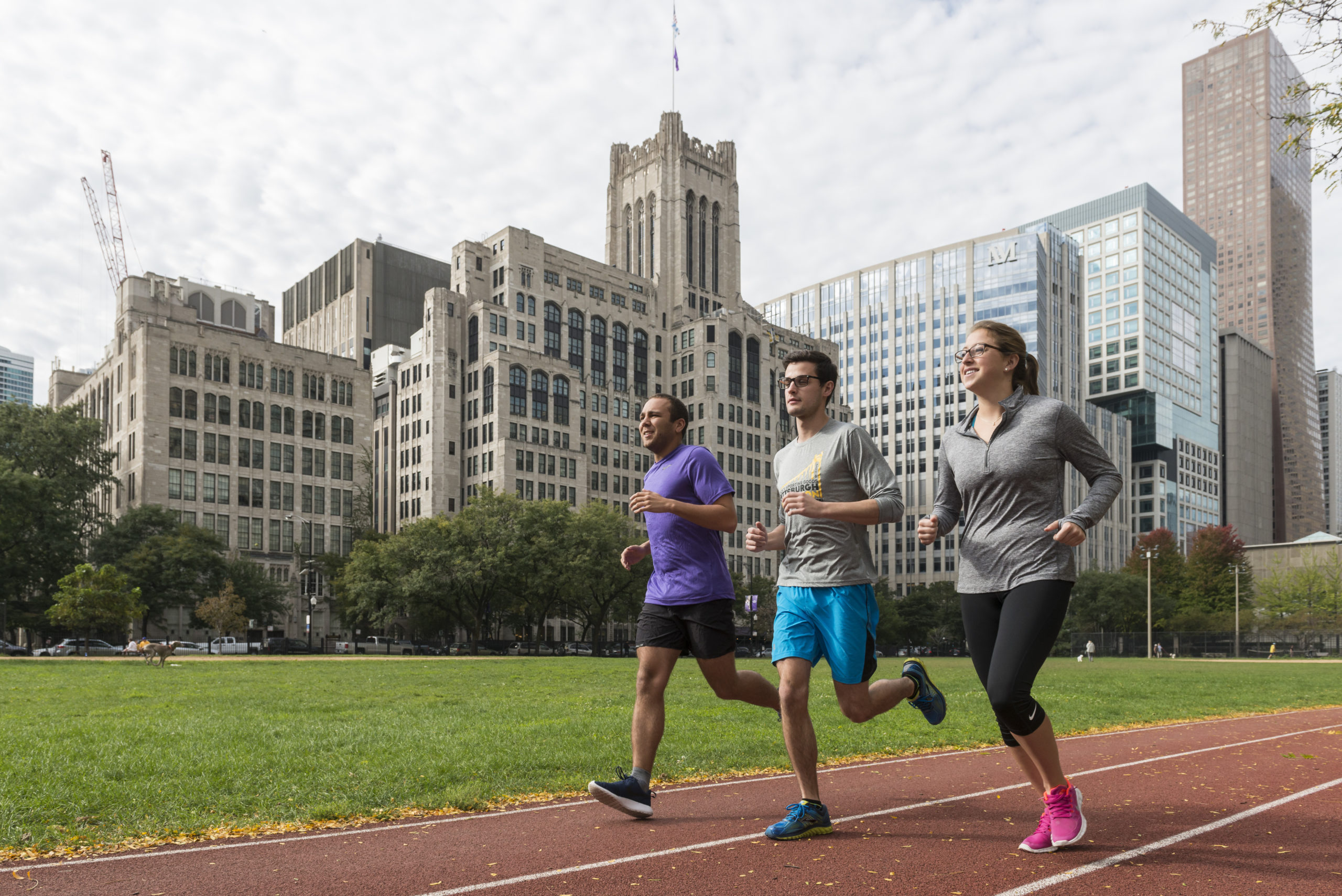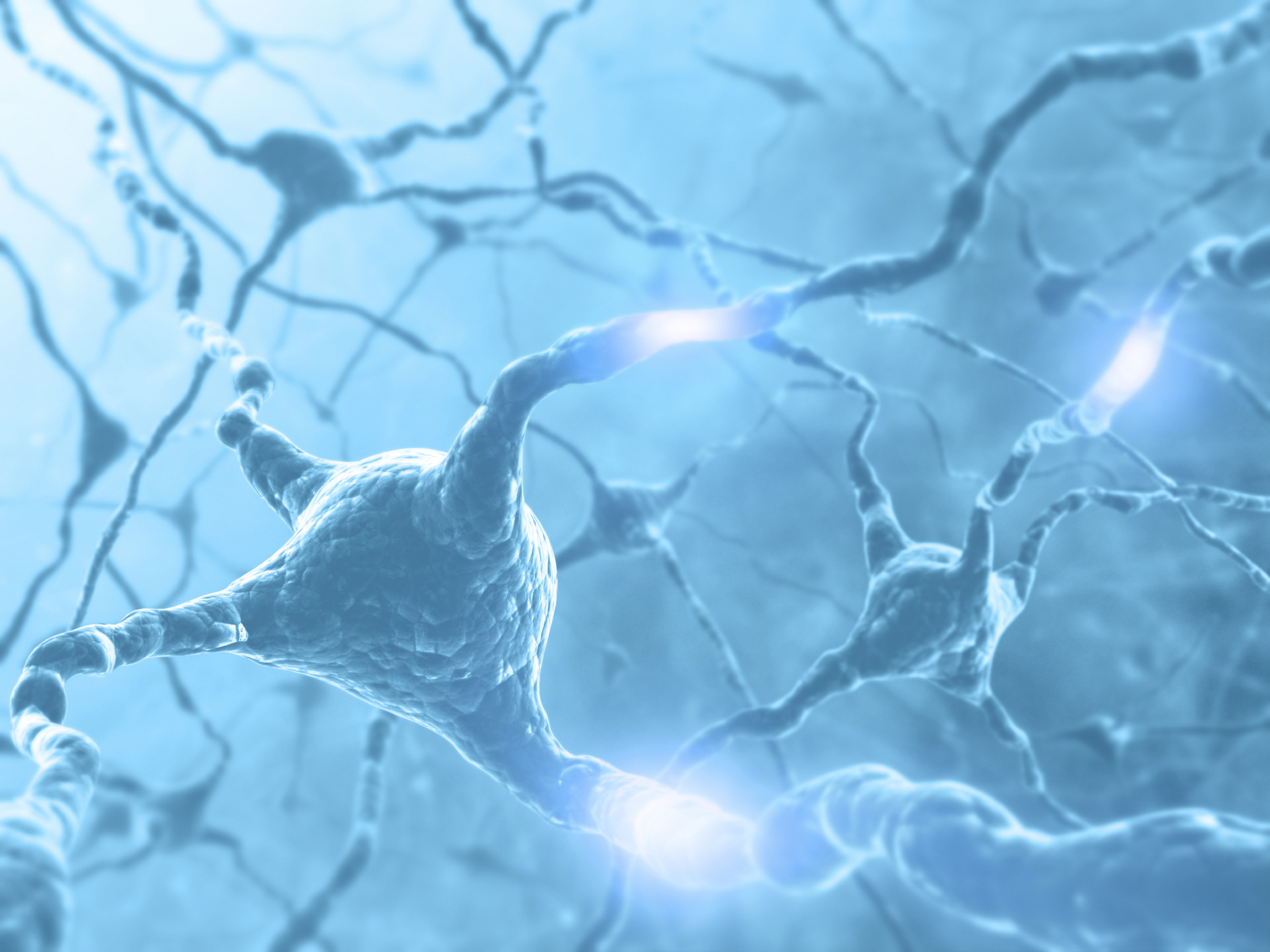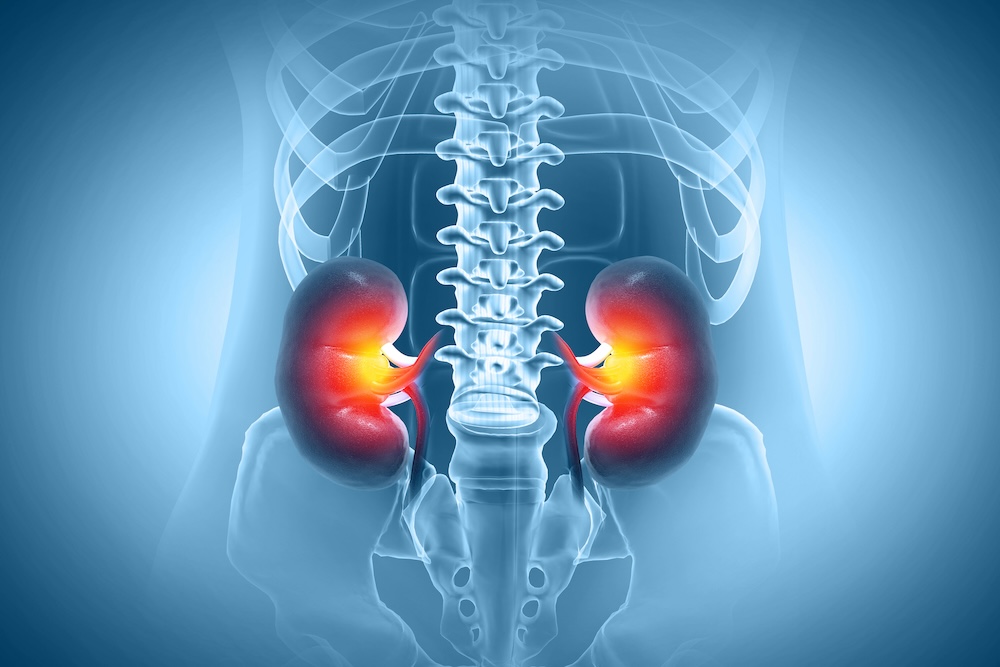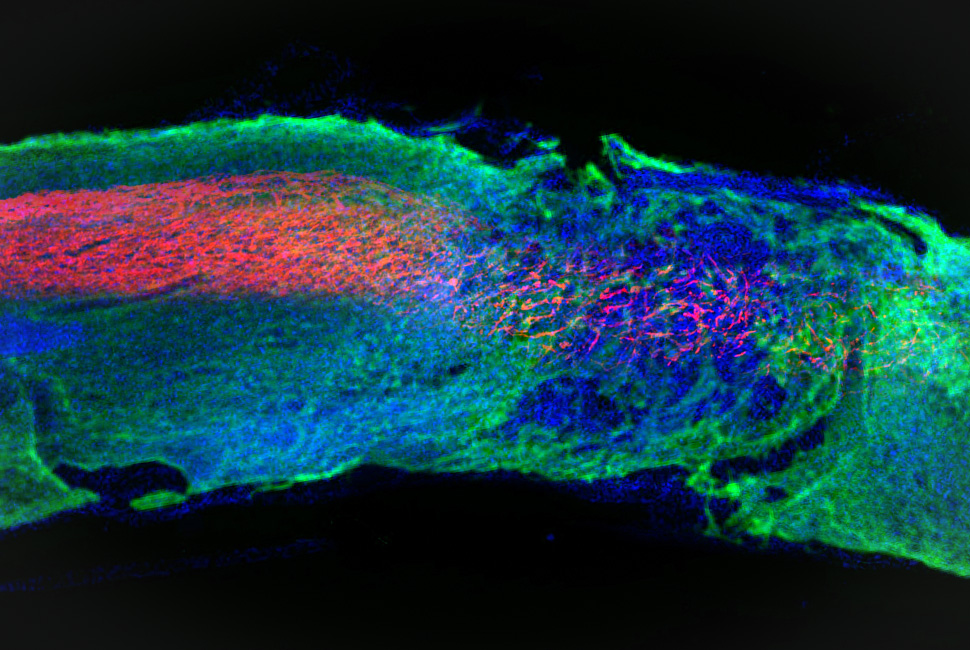Media Coverage
The work done by Northwestern University Feinberg School of Medicine faculty members (and even some students) is regularly highlighted in newspapers, online media outlets and more. Below you’ll find links to articles and videos of Feinberg in the news.
-
Crain’s Chicago Business
–
Northwestern study finds cardiac care disparity within ‘Asian American’ demographic
In a study published by the Journal of the American College of Cardiology looking at data from 824 U.S. hospitals, researchers found certain ethnic groups among Asian American patients were at risk of getting worse heart failure care than white patients.
Particularly, the research by senior author Dr. Nilay Shah, assistant professor of cardiology at Northwestern Feinberg School of Medicine, found Vietnamese male patients and Filipina patients had lower odds of getting optimal medical therapy for heart failure.
-
Chicago Sun-Times
–
Northwestern study of long COVID patients shows how an app can track recovery
In a new study published in BMC Neurology, researchers report that even those who improve continue to see ups and downs that impact their quality of life.
Dr. Igor J. Koralnik, chief of neuroinfectious diseases and global neurology at Northwestern Medicine, authored the study. He oversees the Northwestern Medicine Neuro COVID-19 Clinic and is the co-director of the Northwestern Medicine Comprehensive COVID-19 Center.
“The first question patients ask us when they come to the clinic is, ‘When am I finally going to improve?’” Koralnik said. “Some patients have symptoms lasting for years, and that’s why we started this study.”
-
CNN
–
Many women and doctors dismiss Trump’s Tylenol claim as more research suggests no autism link
Chicago-based maternal-fetal medicine physician Dr. Lynn Yee said that fewer of her patients seem worried about Tylenol now than in the fall.
“In September, October, November, there was quite a bit of public concern and attention on this topic, and now, in January, I feel like things are changing and that I have fewer patients asking me about Tylenol or acetaminophen,” said Yee, chief of maternal-fetal medicine in the Department of Obstetrics and Gynecology at the Northwestern University Feinberg School of Medicine.
-
CBS News
–
Demand for high-achiever visas fuels a pay-to-play industry for scientific research and accolades
Low-quality scientific research produced for resume padding isn’t an activity exclusive to visa applicants, according to researchers at Northwestern University and The University of Sydney. They found in a recent study that low-quality or plagiarized papers are increasingly published not only in predatory, pay-to-publish platforms, but reputable journals as well.
They discovered that a small group of bad actors were hired as editors at reputable journals, allowing them to “accept for publication pretty much anything,” said Luis Amaral, one of the study’s authors.
-
TIME
–
Ovaries Could Unlock Secrets of Longevity
Experiments conducted at Northwestern University have found that drugs similar to rapamycin can boost fertility in mice, including during chemotherapy, says Dr. Kara Goldman, a reproductive endocrinologist who is leading the research. The drugs, if proven to work in people, could be used to help women struggling with infertility, as well as those undergoing cancer treatments, she says.
-
Washington Post
–
These are the treatments dominating the business of living longer
Numerous clinical studies are also exploring strategies to extend overall health. At the same time, critics warn that longevity medicine exists in a regulatory gray area where influencers can promote unsafe protocols and clinics exaggerate the benefits of their treatments.
“A lot of this space is dominated by medical influencers, and not scientists,” said Douglas Vaughan, director of the Potocsnak Longevity Institute at Northwestern Medicine. “We’re still in the discovery mode, and we are trying to find the truth and interventions that are scalable, affordable and effective for the 99 percent.”
-
BBC
–
Scientists studied the orgasms of 86 women. Here’s what they found
Crying, laughing and nosebleeds are examples of normal – albeit uncommon – reactions to orgasm, according to a recent small study.
Gynaecologists Prof Lauren Streicher, from Northwestern University, and Prof James Simon, from the George Washington University, used social media to invite women to share how their bodies respond to orgasm.
-
CBS News Chicago
–
Breast health and the importance of screenings
It’s a new year, which means refocusing on self-care screenings. Dr. Sonya Bhole, assistant professor of Radiology, joins Audrina Sinclair to discuss risk assessment for breast cancer and addressing breast health before regular mammograms are scheduled.
-
US News & World Report
–
Laughing, Crying Are Normal But Rare Responses To Orgasm, Women’s Study Reveals
For the new study, researchers surveyed more than 3,800 women after they viewed a short video posted on social media that explained these reactions, which are called peri-orgasmic phenomena. A little more than 2% of the women — 86 total — said they’d experienced such a response, researchers recently reported in the Journal of Women’s Health.
“Women need to know that if they have uncontrollable peals of laughter every time they orgasm (and nothing was funny), they are not alone,” lead researcher Dr. Lauren Streicher said in a news release. She’s a clinical professor of obstetrics and gynecology at Northwestern University Feinberg School of Medicine in Chicago.
-
CBS Chicago
–
Severe flu season overwhelming Chicago area hospitals with more patients visiting ERs
Emergency department visits and hospitalizations for the flu are at their highest levels in three years in Chicago, and experts said it’s not ending any time soon.
“This year, we’re worried, because this amount of activity, although not unexpected, is really high,” said Dr. Matthew Kippenhan, the medical director of the emergency department at Northwestern Memorial Hospital.






